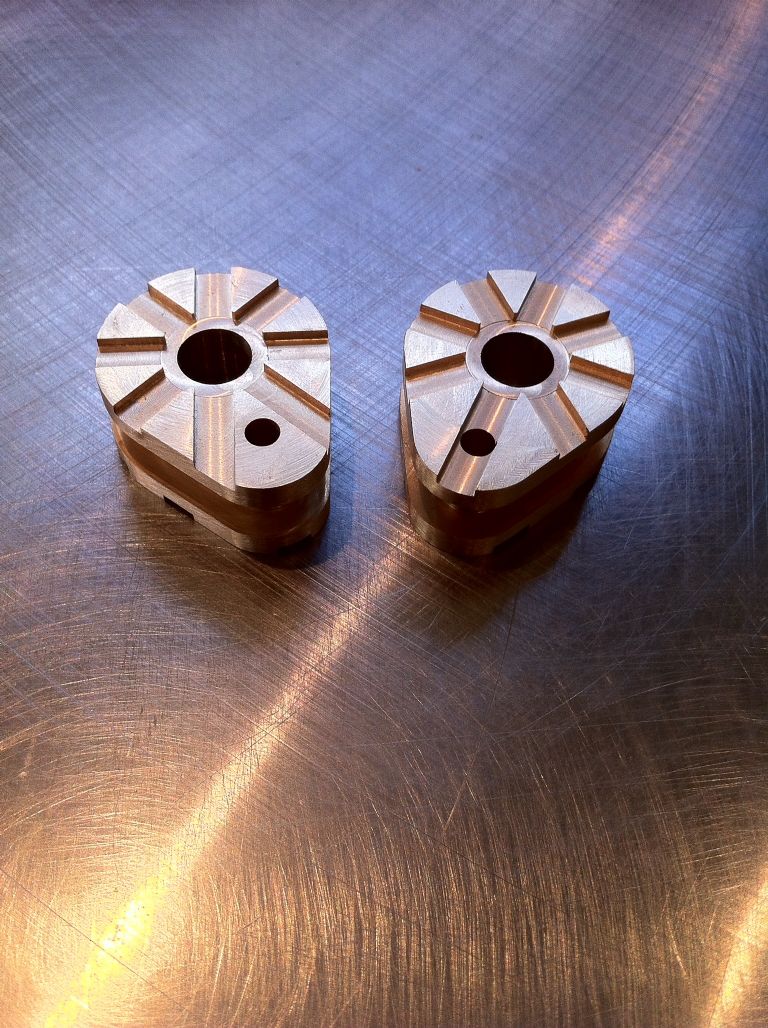As Jason says, any tension in a spoke will pull the wheel out of true.
I made the wheels to my Minnie some time ago and remember it being rather fiddly, but I did manage to achieve wheels with very little run-out. Len Mason's description, in the Minnie book, which I followed, goes something like – working in opposite pairs… set the bend at the rim end, position the spoke with a 10BA screw through the central hole and press the spoke gently onto the rim, the spoke should just graze the edge of the hub groove and there should be no rock. It's probably more obvious if the bend is just a little too much at first, and then tweaked back to fit.
Now the hard part – mark the spoke at the hub end and bend the spoke (all bends must be a right angles across the spoke and each hub end bend should be slightly short of the hub groove). Now refit the spoke to check – there should be no rocking and the hub end should lie flush with the face of the hub.
Perseverance – bend, fit, mark , bend, tweak, fit, tweak, fit —- ahhhh is quite satisfying.
Thinking about it now, for the second bend, I would make a little test jig, which would simply be a block of an appropriate height (inside rim to bottom of groove), resting on a flat surface, you could then test each spoke with Mk1 eyeball, so that it rests flat at both the rim and hub ends.
It might be an idea to do 4 each side and check before completing the wheel.
Regards
CP
Edited By CotswoldsPhil on 18/11/2014 19:29:14
Brian Abbott.






